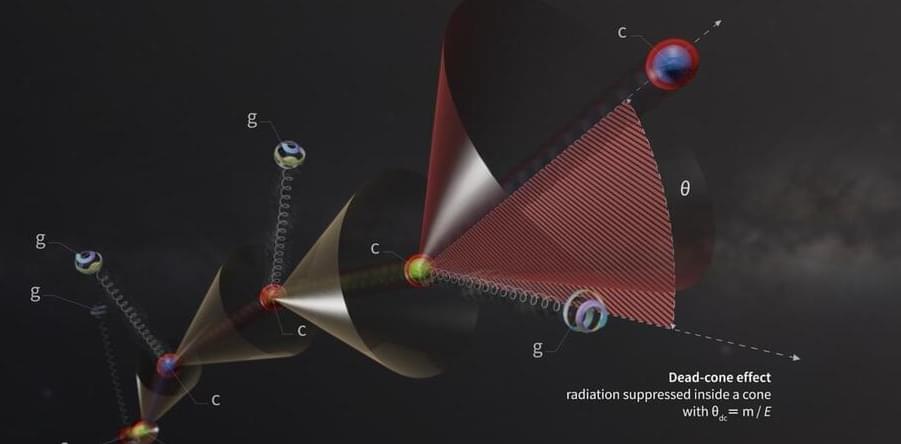Operators of the ALICE detector have observed the first direct evidence of the “dead cone effect,” allowing them to assess the mass of the elusive charm quark.
The ALICE collaboration at the Large Hadron Collider (LHC) in Geneva, Switzerland, recently made the first observation of an important aspect of particle physics called the “dead cone effect.”
The effect is a fundamental element of the strong nuclear force — one of the four fundamental forces of nature — responsible for binding quarks and gluons. These are the fundamental particles that comprise hadrons, such as protons and neutrons, that in turn make up all atomic nuclei, which are never seen on their own under normal circumstances, only at the kind of high energy levels generated at the LHC.
“We made a direct observation of an effect in the theory of the strong force called the dead-cone effect,” experimental high energy physicist at CERN, Nima Zardoshti, tells Popular Mechanics. “This is a part of the theory that had been predicted for a while but had not been directly observed until now.”
